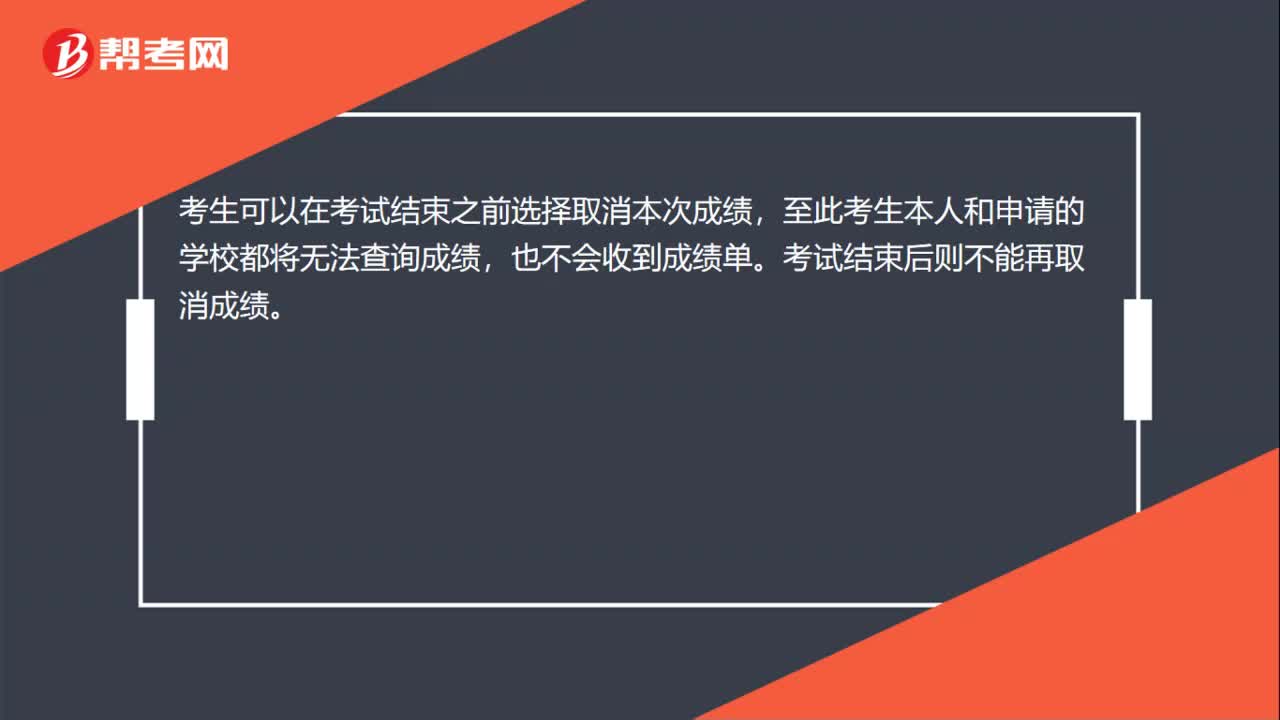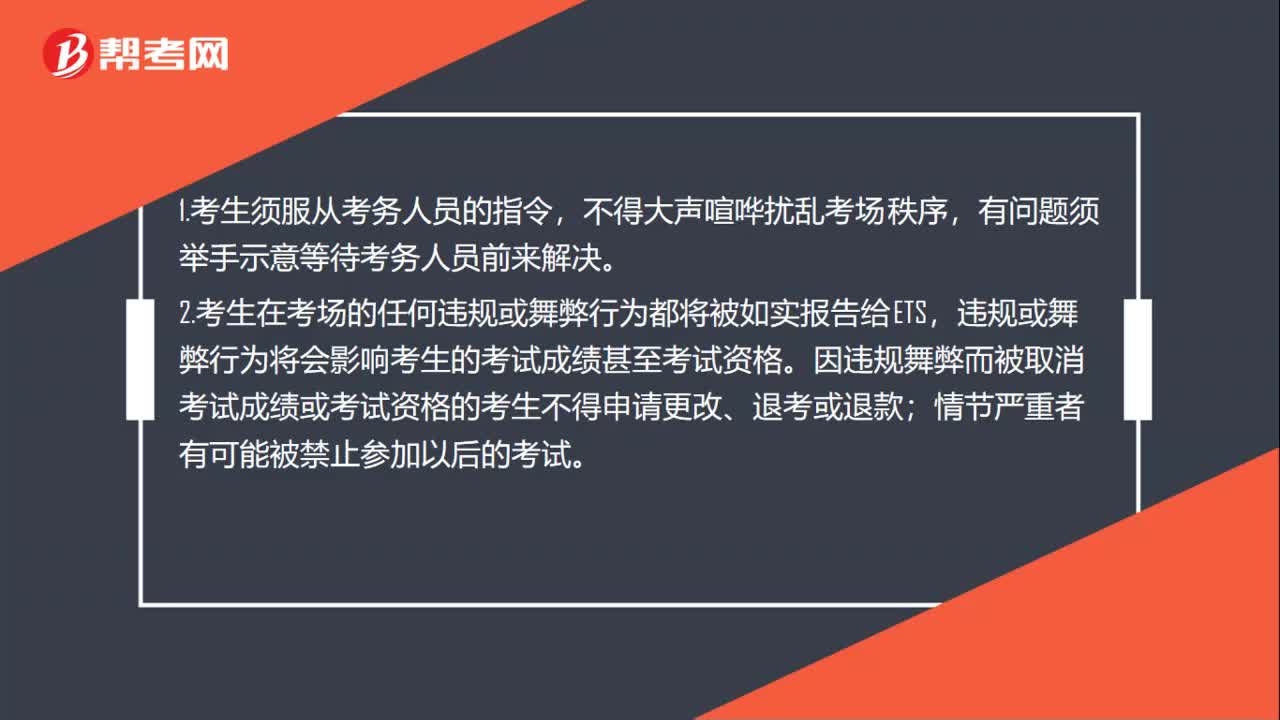
下载亿题库APP
联系电话:400-660-1360

下载亿题库APP
联系电话:400-660-1360

请谨慎保管和记忆你的密码,以免泄露和丢失

请谨慎保管和记忆你的密码,以免泄露和丢失

Plants are subject to attack and infection by a remarkable variety of symbiotic species and have evolved a diverse array of mechanisms designed to frustrate the potential colonists. These can be divided into preformed or passive defense mechanisms and inducible or active systems.Passive plant defense comprises physical and chemical barriers that prevent entry of pathogens,such as bacteria, or render tissues unpalatable or toxic to the invader. The external surfaces of plants, in addition to being covered by an epidermis and a waxy cuticle, often carry spiky hairs known as trichomes, which either prevent feeding by insects or may even puncture and kill insect larvae. Other trichomes are sticky and glandular and effectively trap and immobilize insects.
If the physical barriers of the plant are breached, then preformed chemicals may inhibit or kill the intruder, and plant tissues contain a diverse array of toxic or potentially toxic substances, such as resins, tannins, glycosides, and alkaloids, many of which are highly effective deterrents to insects that feed on plants. The success of the Colorado beetle in infesting potatoes, for example,seems to be correlated with its high tolerance to alkaloids that normally repel potential pests. Other possible chemical defenses, while not directly toxic to the parasite, may inhibit some essential step in the establishment of a parasitic relationship. For example, glycoproteins in plant cell walls may inactivate enzymes that degrade cell walls. These enzymes are often produced by bacteria and fungi.
Active plant defense mechanisms are comparable to the immune system of vertebrate animals,although the cellular and molecular bases are fundamentally different. Both, however, are triggered in reaction to intrusion, implying that the host has some means of recognizing the presence of a foreign organism. The most dramatic example of an inducible plant defense reaction is the hypersensitive response. In the hypersensitive response, cells undergo rapid necrosis — that is, they become diseased and die — after being penetrated by a parasite; the parasite itself subsequently ceases togrow and is therefore restricted to one or a few cells around the entry site.Several theories have been put forward to explain the basis of hypersensitive resistance.
1. What does the passage mainly discuss?
(A) The success of parasites in resisting plant defense mechanisms
(B) Theories on active plant defense mechanisms
(C) How plant defense mechanisms function
(D) How the immune system of animals and the defense mechanisms of plants differ
2. The phrase "subject to" in line 1 is closest in meaning to
(A) susceptible to
(B) classified by
(C) attractive to
(D) strengthened by
3. The word "puncture" in line 8 is closest in meaning to
(A) pierce
(B) pinch
(C) surround
(D) cover .
4. The word "which" in line 12 refers to
(A) tissues
(B) substances
(C) barriers
(D) insects
5. Which of the following substances does the author mention as NOT necessarily being toxic to the Colorado beetle?
(A) resins
(B) tannins
(C) glycosides
(D) alkaloids
6. Why does the author mention "glycoproteins" in line 17?
(A) to compare plant defense mechanisms to the immune system of animals
(B) to introduce the discussion of active defense mechanisms in plants
(C) to illustrate how chemicals function in plant defense
(D) to emphasize the importance of physical barriers in plant defense
7. The word "dramatic" in line 23 could best be replaced by
(A) striking
(B) accurate
(C) consistent
(D) appealing
8. Where in the passage does the author describe an active plant-defense reaction?
(A) Lines 1-3
(B) Lines 4-6
(C) Lines 13-15
(D) Lines 24-27
9. The passage most probably continues with a discussion of theories on
(A) the basis of passive plant defense
(B) how chemicals inhibit a parasitic relationship.
(C) how plants produce toxic chemicals
(D) the principles of the hypersensitive response.
参考答案:
CAABD CADD
 22
22托福考试中能否取消考试成绩?:托福考试中能否取消考试成绩?考生可以在考试结束之前选择取消本次成绩,至此考生本人和申请的学校都将无法查询成绩,也不会收到成绩单。考试结束后则不能再取消成绩。
 32
32托福考试如何计分?:托福考试如何计分?托福考试的四个环节,分数由电脑自动生成和人工评分(经过专业培训的权威人士)两部分组成,确保分数的公平及准确性。只有托福考试采用这种多人评分机制,通过不记名方式,由多名接受过严格培训的考官予以评分,过程经过质量监控,达到高标准的公平性与客观性。
 43
43托福考试的考场规则是什么?:托福考试的考场规则是什么?1.考生须服从考务人员的指令,不得大声喧哗扰乱考场秩序,有问题须举手示意等待考务人员前来解决。2.考生在考场的任何违规或舞弊行为都将被如实报告给ETS,违规或舞弊行为将会影响考生的考试成绩甚至考试资格。因违规舞弊而被取消考试成绩或考试资格的考生不得申请更改、退考或退款;情节严重者有可能被禁止参加以后的考试。